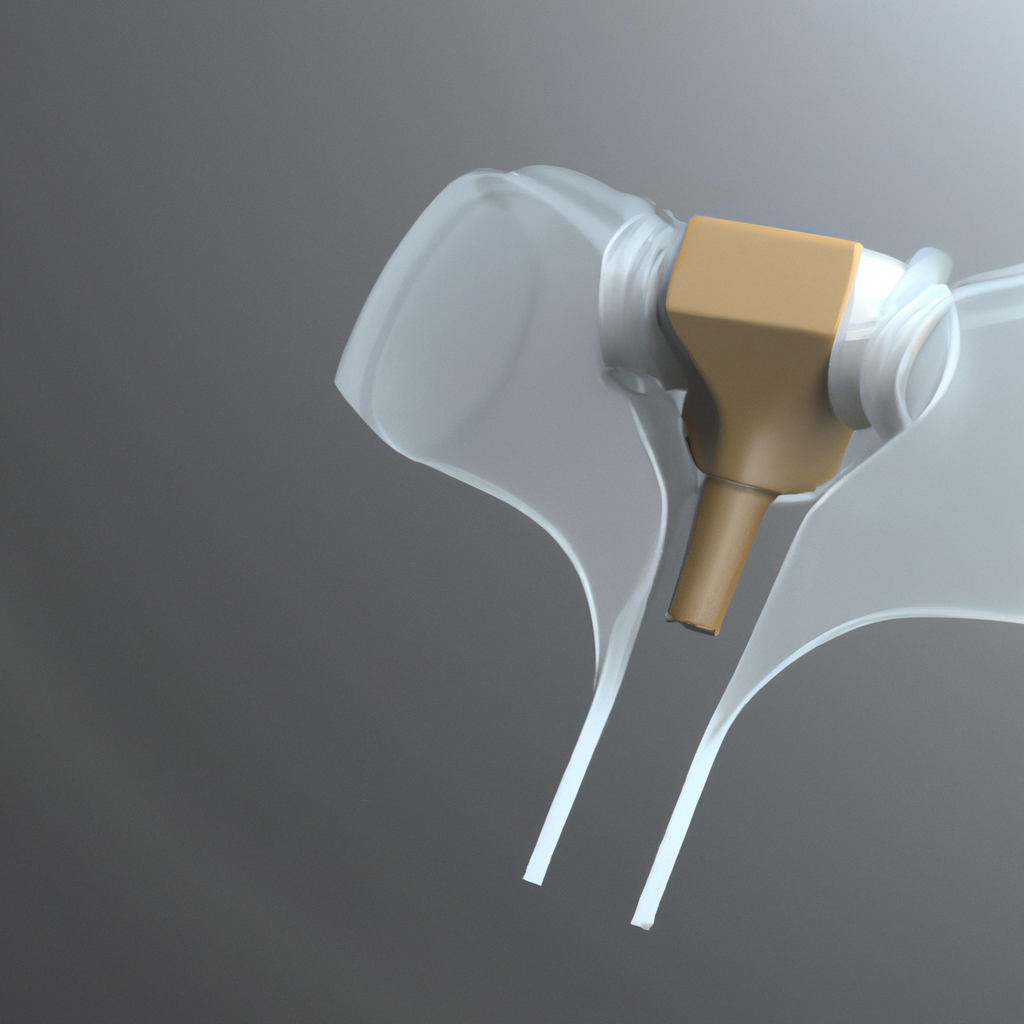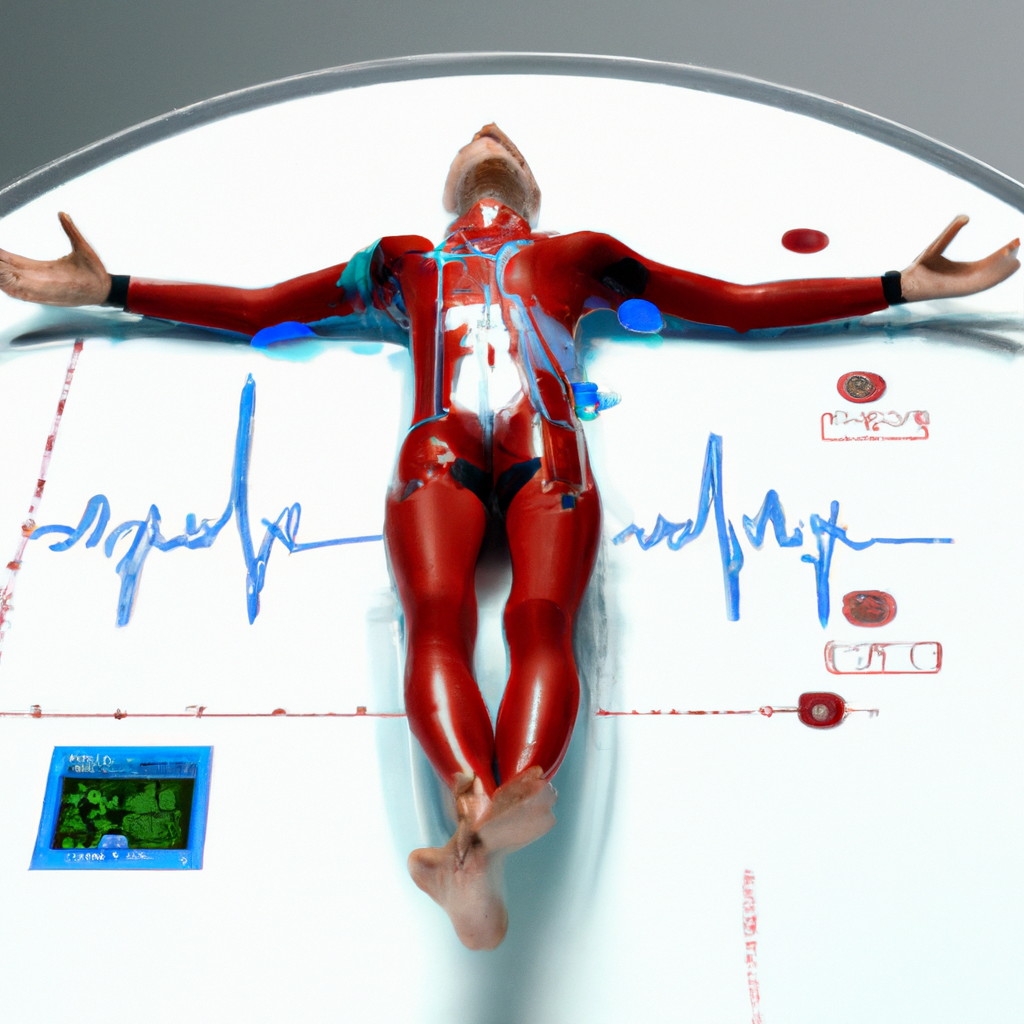Advancing Healthcare: A Deep Dive into Innovations in Implantable Medical Devices and Medical Electronics Technology

In today's rapidly advancing world of healthcare, innovations in implantable medical devices are revolutionizing patient care like never before. From cutting-edge technology to advanced medical electronics, these devices are transforming the way we approach treatment and diagnosis. In this article, we will explore the latest breakthroughs in implantable medical devices and electronic components, shining a spotlight on the future of healthcare and the incredible potential these innovations hold. Join us as we delve into the world of medical devices, medical electronics, and medical electronic components, and discover how these advancements are shaping the future of patient care.
- 1. "The Future of Healthcare: Cutting-Edge Innovations in Implantable Medical Devices"
- 2. "Revolutionizing Patient Care with Advanced Medical Electronics Technology"
- 3. "Exploring the Latest Breakthroughs in Implantable Medical Devices and Electronic Components"
1. "The Future of Healthcare: Cutting-Edge Innovations in Implantable Medical Devices"

The future of healthcare is being shaped by cutting-edge innovations in implantable medical devices. These devices, equipped with advanced medical electronics and components, are revolutionizing the way we diagnose and treat various medical conditions. From pacemakers and artificial joints to neurostimulators and insulin pumps, implantable medical devices are improving patient outcomes and quality of life.
One key trend in the development of implantable medical devices is the miniaturization of medical electronic components. Smaller and more powerful components allow for the creation of devices that are less invasive and more discreet for patients. This miniaturization also enables the integration of advanced features, such as wireless connectivity and remote monitoring capabilities, into implantable devices.
Another exciting innovation in implantable medical devices is the use of biocompatible materials. These materials are designed to be compatible with the human body, reducing the risk of rejection or adverse reactions. By using biocompatible materials, manufacturers are able to create implants that are more durable and provide better long-term performance for patients.
Overall, the future of healthcare looks promising with the continued advancement of implantable medical devices. As technology continues to evolve, we can expect to see even more innovative devices that improve patient care and outcomes. With the integration of medical electronics and components, these devices are paving the way for a new era of personalized and effective healthcare.
2. "Revolutionizing Patient Care with Advanced Medical Electronics Technology"

Implantable medical devices have greatly advanced patient care in recent years, thanks to the integration of advanced medical electronics technology. These devices, such as pacemakers, defibrillators, and neurostimulators, rely on sophisticated medical electronic components to monitor, regulate, and treat a variety of health conditions.
One of the key benefits of these innovations is the ability to provide continuous monitoring and treatment for patients with chronic conditions. For example, implantable cardiac devices can monitor a patient's heart rhythm and deliver therapy as needed, without the need for frequent hospital visits. This not only improves patient outcomes but also reduces healthcare costs by preventing unnecessary hospitalizations.
Furthermore, advancements in medical electronics technology have allowed for the development of smaller, more durable implantable devices. This means that patients can enjoy a better quality of life without the inconvenience of bulky or easily damaged devices. Additionally, these devices are becoming increasingly interconnected, allowing for remote monitoring and data transmission to healthcare providers in real-time.
Overall, the integration of advanced medical electronics technology in implantable medical devices is revolutionizing patient care by providing more personalized, efficient, and effective treatment options. As technology continues to evolve, we can expect even more groundbreaking innovations in the field of medical devices, improving the lives of patients around the world.
3. "Exploring the Latest Breakthroughs in Implantable Medical Devices and Electronic Components"

Advancements in implantable medical devices and electronic components have been transforming the healthcare industry, allowing for more precise and personalized treatment options for patients. The latest breakthroughs in medical electronics have paved the way for innovative implantable devices that are smaller, more efficient, and capable of delivering targeted therapy with minimal invasiveness.
One area of focus in the development of implantable medical devices is the integration of sensors and wireless communication technology. These components allow for real-time monitoring of patient health metrics, such as heart rate, blood pressure, and glucose levels, enabling healthcare providers to make informed decisions and adjust treatment plans as needed. Additionally, the use of miniaturized electronic components has enabled the development of implantable devices that can deliver targeted therapy directly to affected areas of the body, reducing the risk of side effects and improving patient outcomes.
Another significant breakthrough in implantable medical devices is the use of biocompatible materials and coatings, which help to minimize the body's immune response to the device and improve its long-term reliability. This has paved the way for the development of implantable devices that can remain in the body for extended periods, providing continuous monitoring and treatment without the need for frequent replacements.
Overall, the latest innovations in implantable medical devices and electronic components are revolutionizing the way healthcare is delivered, offering new possibilities for personalized and effective treatment options for patients. By harnessing the power of medical electronics and cutting-edge technology, healthcare providers can provide better care and improve outcomes for patients with a wide range of medical conditions.
In conclusion, the advancements in implantable medical devices and medical electronics technology are truly revolutionizing patient care and shaping the future of healthcare. From cutting-edge innovations to breakthroughs in electronic components, the possibilities for improving patient outcomes and quality of life are endless. As researchers and engineers continue to push the boundaries of what is possible in the field of medical devices, we can look forward to a future where personalized, efficient, and effective healthcare solutions are the norm. The integration of medical electronics into implantable devices is paving the way for a new era of healthcare, where patients can benefit from the latest technologies to improve their overall well-being. It is an exciting time to be a part of the medical industry, as we witness the incredible potential of these innovations to transform the way we approach patient care.


